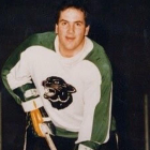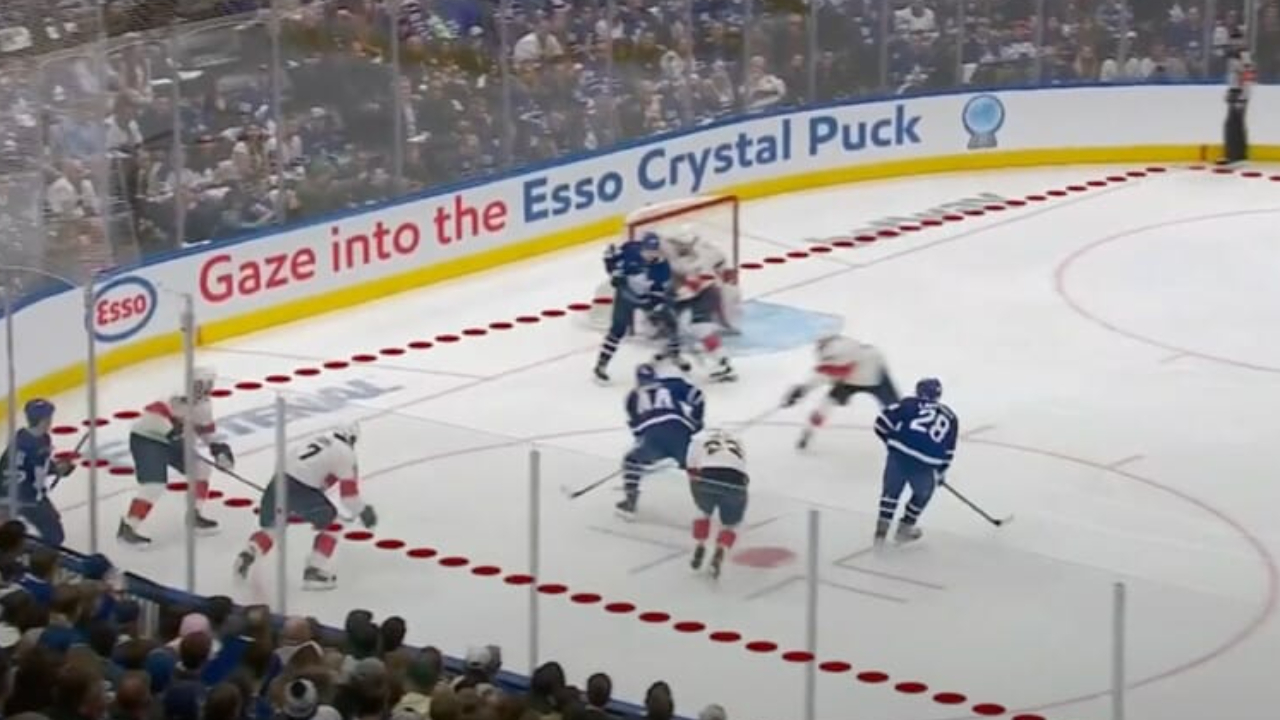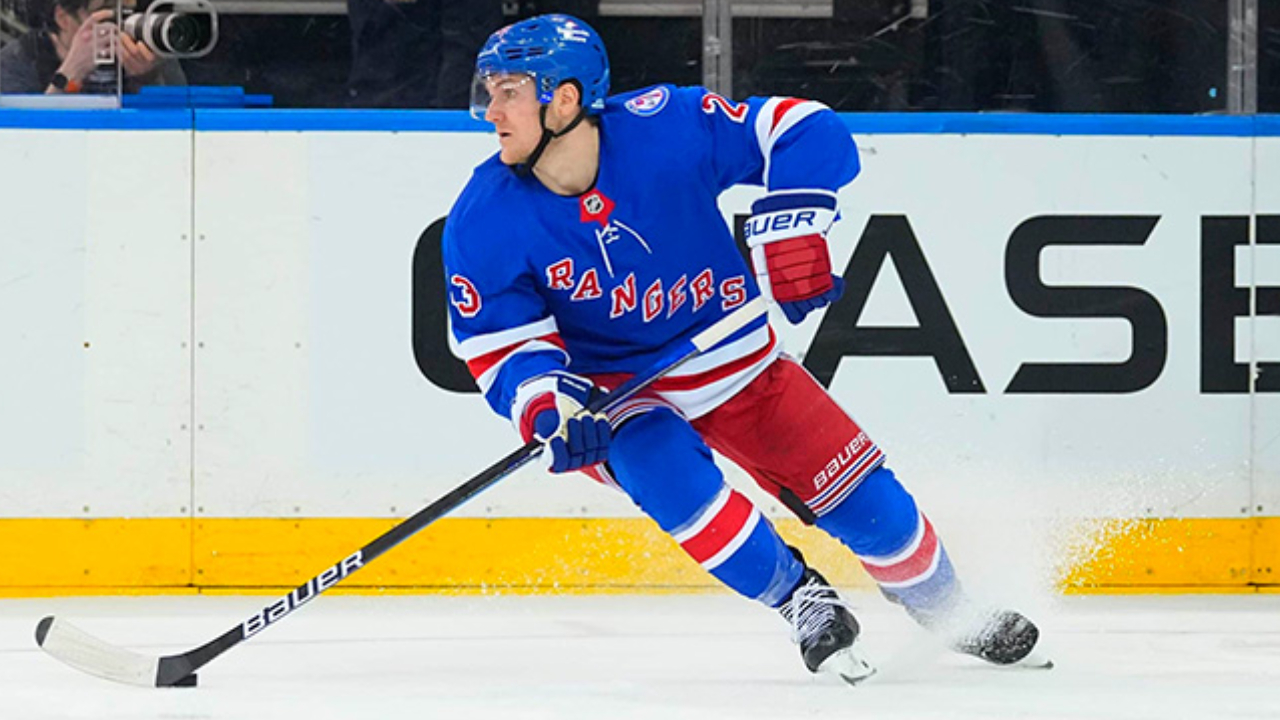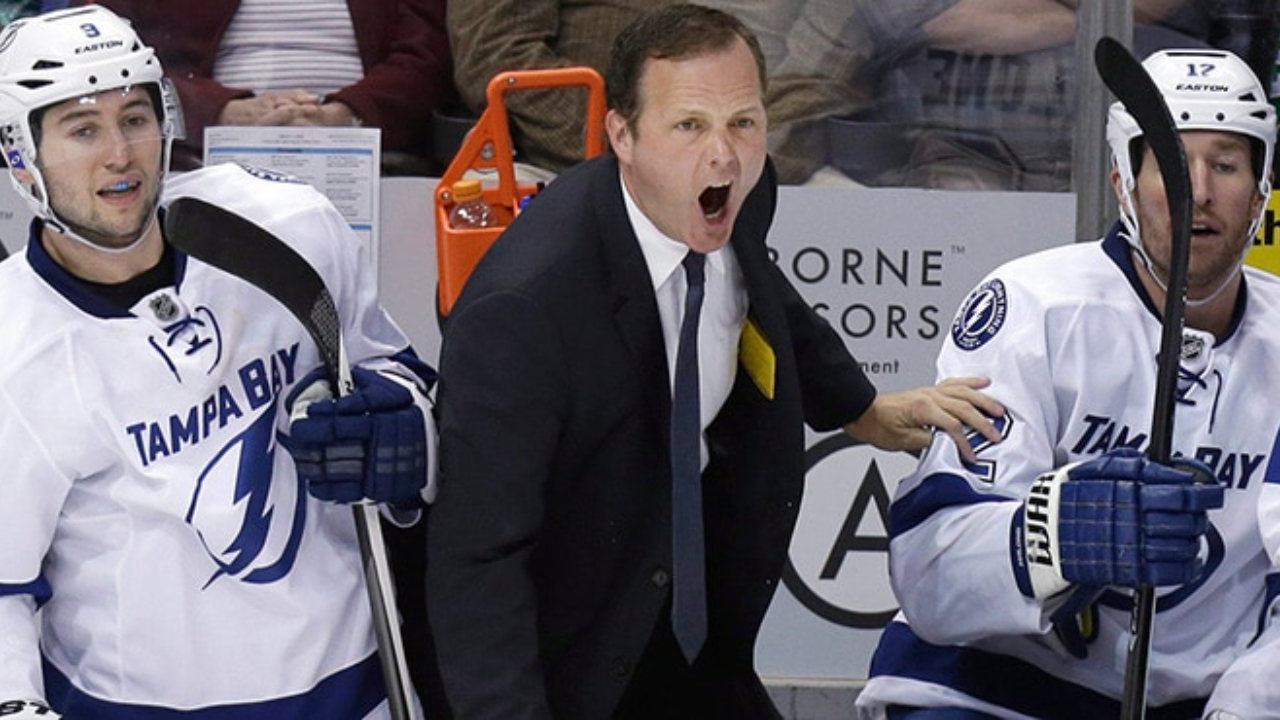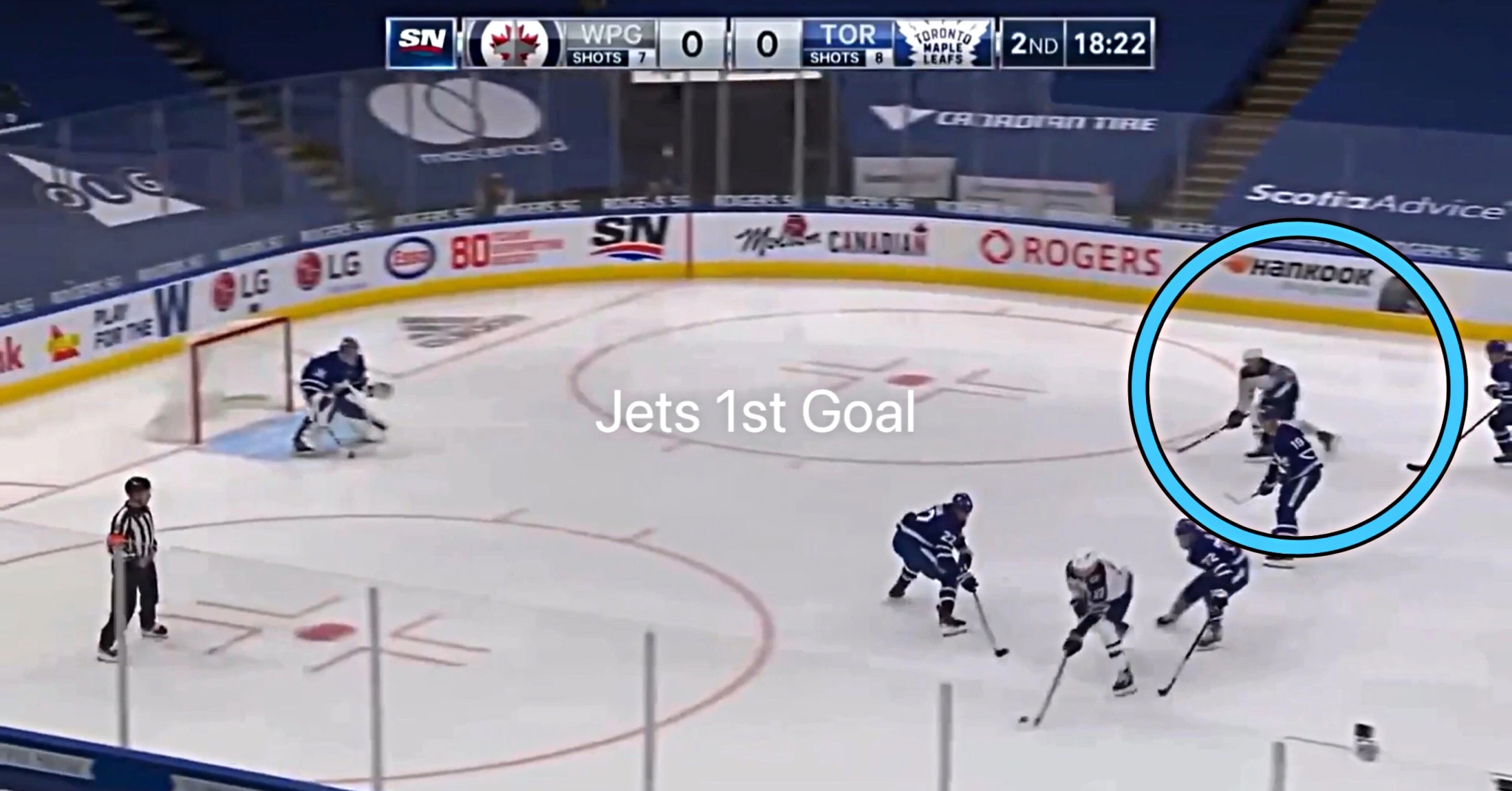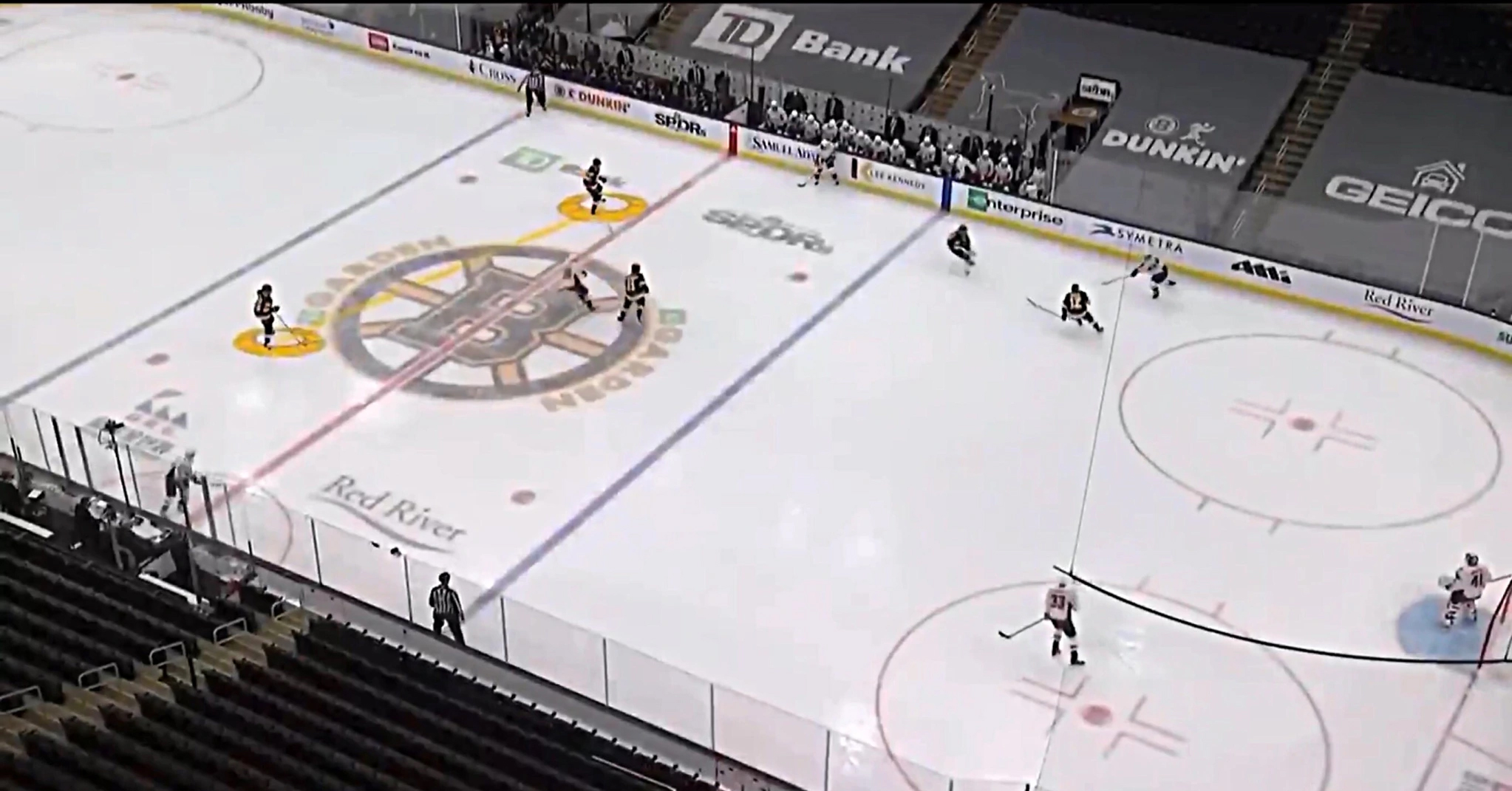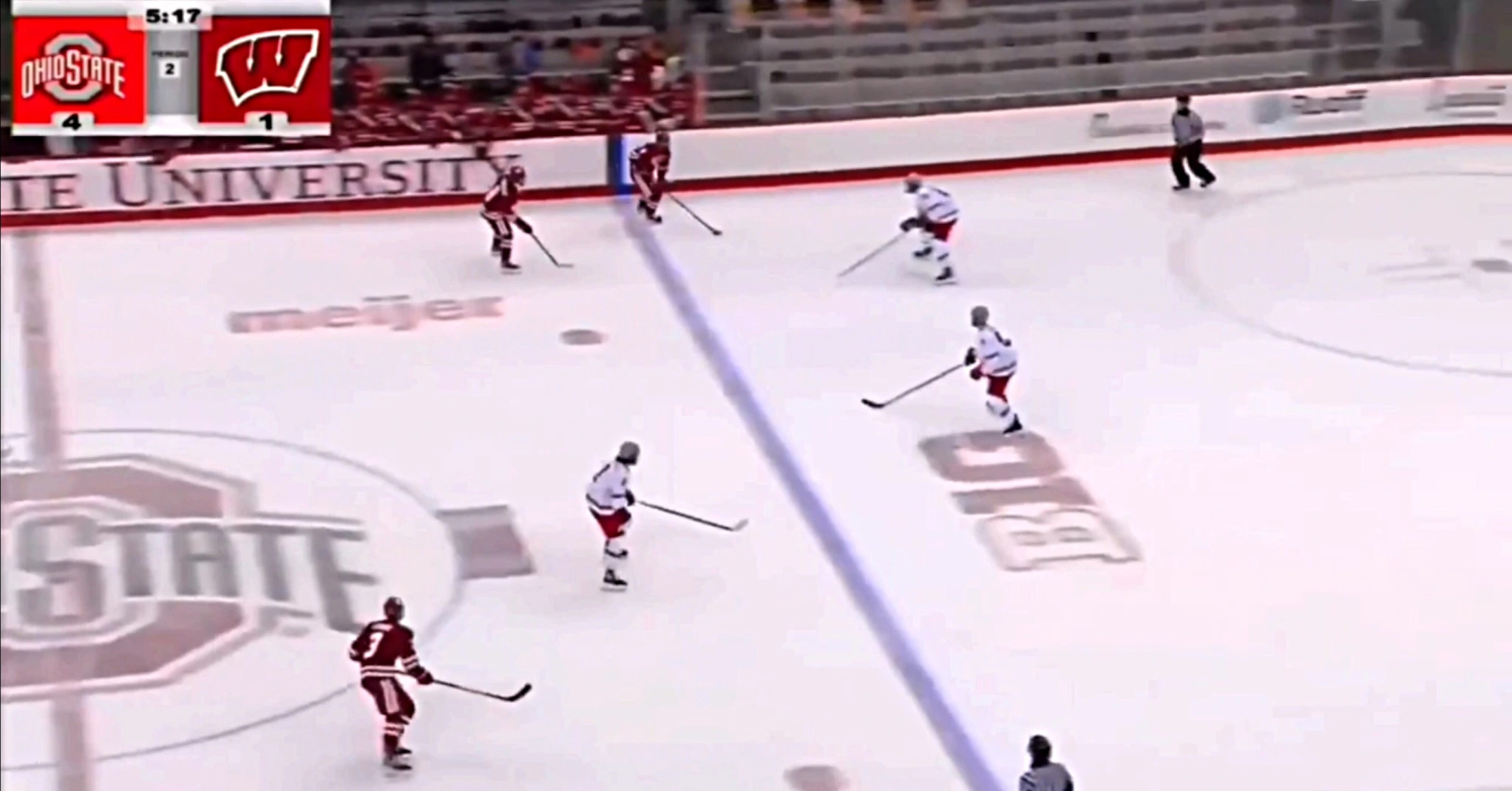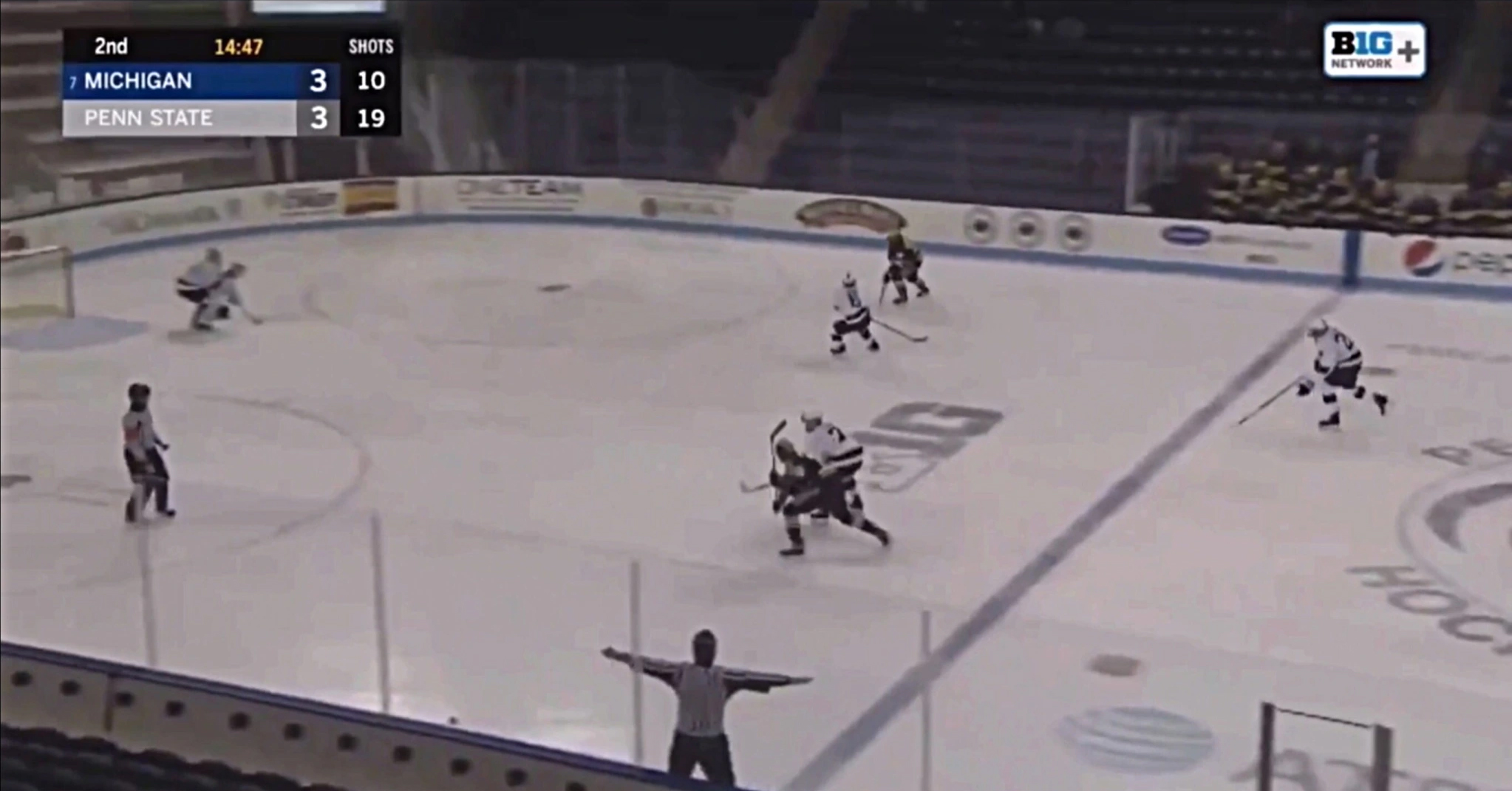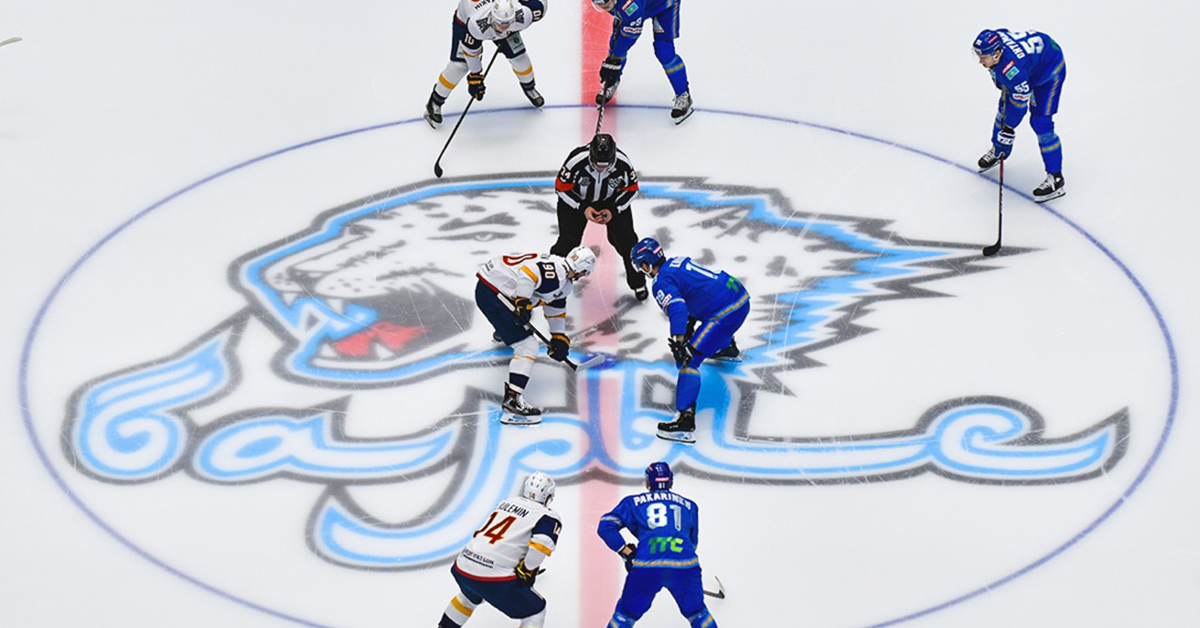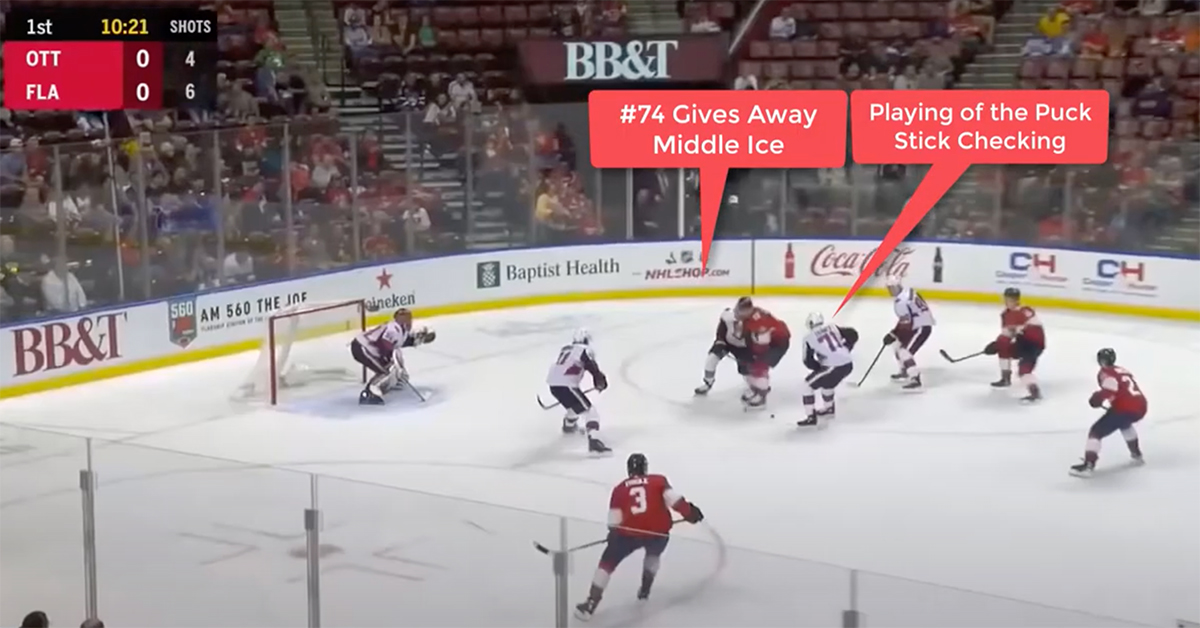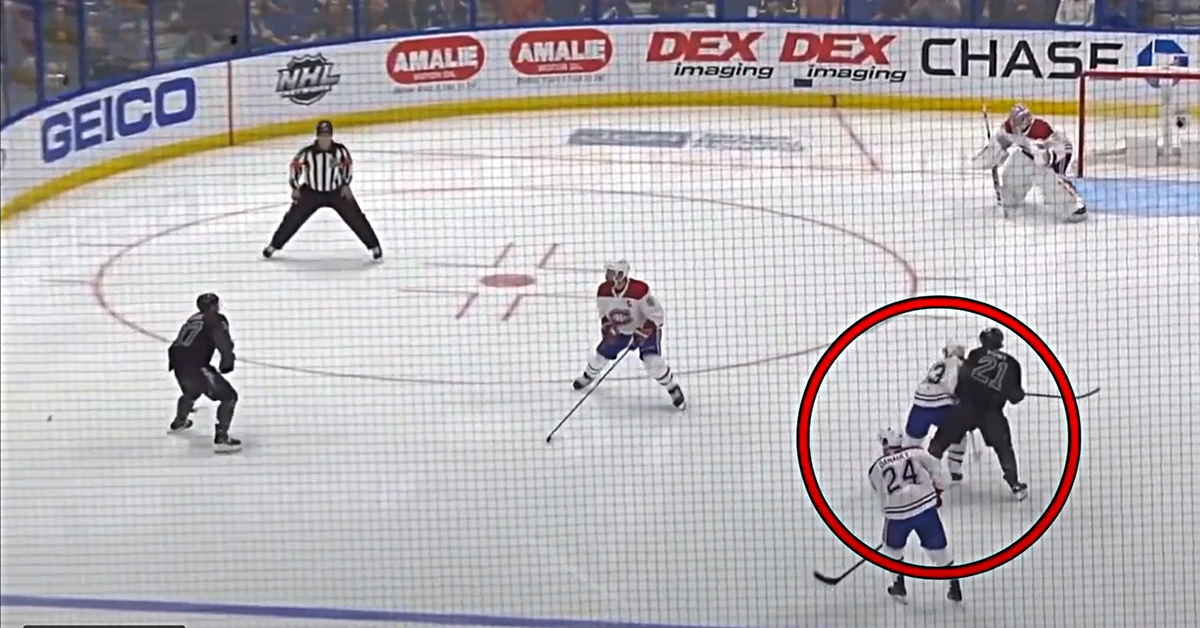
Summary
A common problem that shows up in reviewing game video is a lack of quality back pressure support from forwards. Back pressure support from forwards in the neutral zone is a defensive responsibility. The NZ is defined as the area between the top of the face off circles at both ends of the rink. The best defensive teams avoid playing in their own end of the rink by being diligent defending their blue line and the area from the blue line to the net zone.
Generally, most coaches say a back checking forward should leave the puck carrier to the strong side defensemen or the defence pair if they’re unable to force a puck turnover by the time the puck carrier gets to the red line. At that point, back checkers are tasked with the role of picking up opponent’s without the puck in man coverage all the way to their own net.
Good Habits
Back checking forward responsibilities should include, but not be limited to, the following good habits:
- Swivel Head to identify opponents joining the Attack Rush that need to be covered,
- Skating full speed between the dots (shortest distance to your net is middle ice) to pick up individual defensive coverage assignments,
- Communicating (verbal and non verbal) with each other,
- Selecting a player to defend in the NZ and taking that player to their own net,
- Getting on the defensive side of the puck (opponent’s inside shoulder),
- Getting shoulder to shoulder (no reaching) with the player being defended,
- Continuing skating, never stop skating or glide into the defensive zone from the blue line into the net area until you’re shoulder to shoulder and matching speed with your defensive assignment,
- Getting your stick under your opponent’s and tapping up to keep their stick off the ice going to the net to prevent the player from receiving a pass or getting their stick on the puck for a deflection, shot or rebound,
- Support the strong side D in one on one play against the puck carrier if there isn’t an opponent to pick up on the Attack Rush.
Bad Habits
Teach kids to replace bad habits with good habits. The following are bad habits that start in minor hockey and may continue into the professional levels if not replaced with good habits:
- Coasting in the NZ without a sense of urgency to pick up a coverage assignment,
- Consistently getting caught below the puck in the offensive zone & unable to provide back pressure support,
- Not coming back between the dots to protect middle ice,
- Coasting or gliding into the defensive zone from the blue line to the net area,
- Not getting on the defensive side of the puck, shoulder to shoulder with the opponent, and reaching to defend using the stick versus making the effort to skate harder,
- Not using a Swivel Head, being puck focused as a defender, watching the puck carrier instead of picking up your coverage assignment.
Conclusion
The best thing you can do for a young player is teach them how to play with and without the puck in all three zones. Tactical knowledge plus sound technical hockey skills are necessary for the development process.
The sooner bad habits are replaced with good habits the better the player will become. It’s not about wins and loses, it’s about player development.
Excellent example of HABS Forward providing textbook support:
Video Link:
